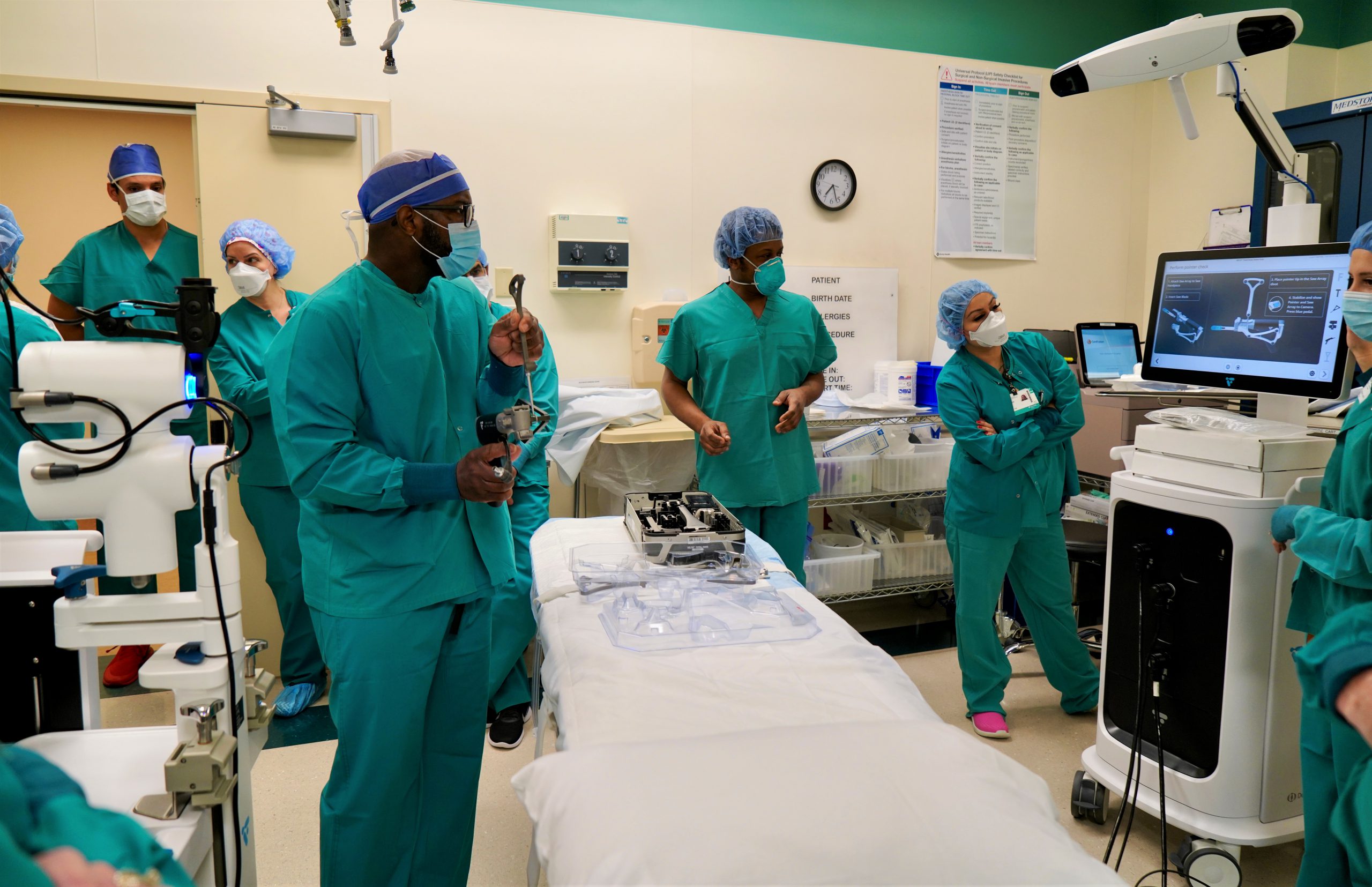By Anita Creamer, Vitals contributor
When you book a hotel, pick a restaurant or buy products online, you can use star ratings from other consumers. Did you know that there is also a national star-rating systems for hospitals?
Since 2016, the Centers for Medicare & Medicaid Services (CMS) has assigned star ratings to hospitals. The rating system helps people make choices about where to receive non-emergency hospital-based care, like scheduled surgeries and procedures. Hospitals that perform better on standard measures of quality, including readmission rates, safety and patient experience receive more stars. On average, hospitals across the nation receive three stars, but high performers can earn four or five.
“Sutter Health supports quality summaries like the CMS hospital star ratings, which reflect single points in time,” said Dr. William Isenberg, Sutter Health’s chief medical officer.
CMS recently updated many hospitals’ star ratings, but what do the stars mean and how do you use them?
The ratings reflect multiple aspects of quality. The Overall Hospital Quality Star Rating summarizes about 50 measures of healthcare quality for a given hospital, but some of those measures have greater emphasis. Four heavily weighted categories―patient experience, safety, readmissions and mortality―account for more than 80% of a hospital’s overall star rating.
“All of our hospitals focus on achieving top quality across all these categories, to achieve the greatest impact on outcomes for our patients and communities,” Dr. Isenberg said. “So even while the CMS endeavors to provide an overall rating, it recognizes that ratings in individual categories play an important role too.”
Overall, 86% of Sutter-affiliated acute care hospital campuses earned ratings of five, four or three stars in the recent update. Of the 21 hospitals in the not-for-profit network that were rated, the average rating was 3.71 stars.
Nationwide, approximately 13.8% of rated U.S. hospitals have five stars, while 33% of Sutter’s hospitals have received that ranking.
The ratings aren’t meant for emergency decisions. The CMS hospital ratings can be thought of as a starting point for making decisions about care you can plan for, but they shouldn’t be consulted if it would delay accessing care in an emergency.
“In an emergency, you should always go to the nearest hospital,” Dr. Isenberg said.
Additionally, CMS overall hospital star ratings should be considered alongside other factors, like your doctor’s guidance about which hospitals can accommodate personalized needs. All ratings are available at www.medicare.gov/hospitalcompare.





